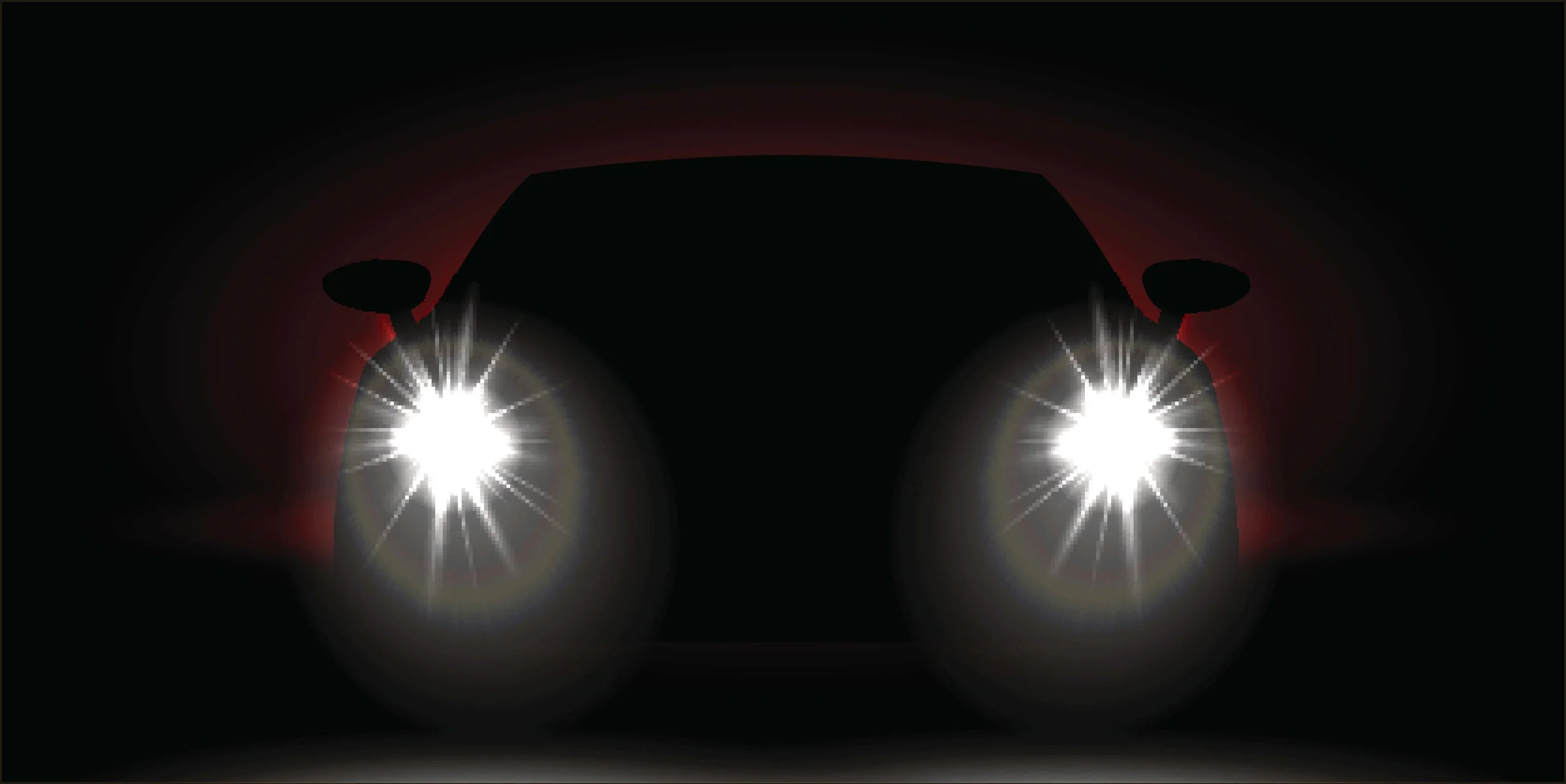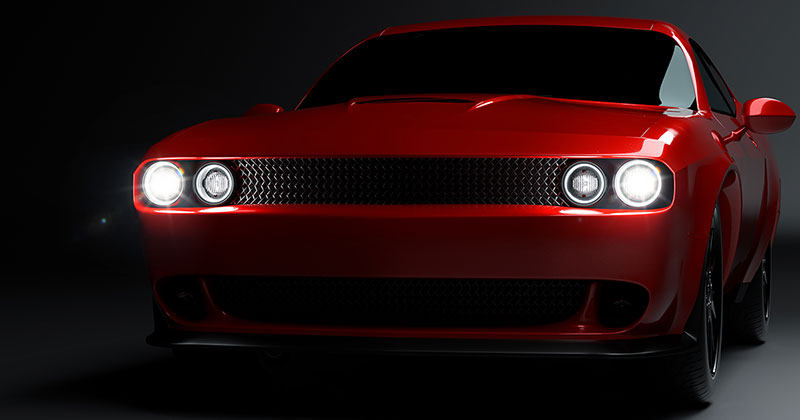How Kensun Hid Reviews can Save You Time, Stress, and Money.
Table of ContentsAll About Kensun Hid ReviewsThe Buzz on Kensun Hid ReviewsThe Basic Principles Of Kensun Hid Reviews
Headlamps that sufficiently brighten the roadway ahead without causing glare have long been looked for. The very first services involved resistance-type dimming circuits, which decreased the strength of the headlamps. This accepted tilting reflectors, and later to dual-filament bulbs with a high and a low beam. In a two-filament headlamp, there can only be one filament precisely at the focal point of the reflector.One filament lies at the centerpiece of the reflector - kensun hid reviews. The other filament is moved axially and radially away from the centerpiece. In the majority of 2-filament sealed beams and in 2-filament changeable bulbs of type 9004, 9007, and H13, the high-beam filament is at the focal point and the low-beam filament is off focus.
Transverse-filament bulbs such as the 9004 can just be utilized with the filaments horizontal, but axial-filament bulbs can be turned or "clocked" by the headlamp designer to optimize the beam pattern or to effect the traffic-handedness of the low beam. The latter is accomplished by clocking the low-beam filament in an upward-forward-leftward position to produce a right-traffic low beam, or in an upward-forward-rightward position to produce a left-traffic low beam.
Putting the low beam filament at the focal point to take full advantage of light collection by the reflector, and positioning the high beam filament a little rearward-rightward-downward of the focal point. The relative directional shift in between the 2 beams is the same with either strategy in a right-traffic country, the low beam is a little downward-rightward and the high beam is somewhat upward-leftward, relative to one another however the lens optics should be matched to the filament positionings chosen.
The high beam filament is on the centerpiece, while the low beam filament is roughly 1 cm forward of the centerpiece and 3 mm above the axis. Below the low beam filament is a cup-shaped guard (called a "Graves shield") covering an arc of 165. When the low beam filament is lit up, this guard casts a shadow on the corresponding lower location of the reflector, obstructing downward light rays that would otherwise strike the reflector and be cast above the horizon.
This is utilized to create the upsweep or upstep attribute of ECE low beam light distributions. The bulb's rotative position within the reflector depends upon the kind of beam pattern to be produced and the traffic directionality of the market for which the headlamp is meant. This system was initially used with the tungsten incandescent Bilux/Duplo R2 bulb of 1954, and later on with the halogen H4 bulb of 1971.
These are physically and electrically interchangeable with H4 bulbs. Comparable optical techniques are utilized, however with different reflector or lens optics to develop an US beam pattern instead of a European one. Each system has its benefits and disadvantages. The American system traditionally allowed a greater general quantity of light within the low beam, since the entire reflector and lens location is used, but at the very same time, the American system has actually traditionally offered much less control over upward light anchor that triggers glare, and for that reason has been mainly rejected outside the US.
A Biased View of Kensun Hid Reviews
The high beam is typically a rough copy of the low beam, shifted somewhat upward and leftward. The European system traditionally produced low beams containing less total light, because only 60% of the reflector's surface area is utilized to develop the low beam. Nevertheless, low beam focus and glare control are much easier to attain.

Complex-reflector innovation in mix with new bulb designs such as H13 is allowing the development of European-type low and high beam patterns without the use of a Graves Shield, while the 1992 United States approval of the H4 bulb has actually made typically European 60%/ 40% optical area divisions for low and high beam typical in the United States.

The shade may be lowered by a solenoid actuated pivot to provide low beam, and eliminated from the light path for high beam. Such optics are understood as BiXenon or BiHalogen projectors. If the cutoff shade is repaired in the light course, different high-beam lamps are required. The condenser lens may have slight fresnel rings or other surface area treatments to reduce cutoff sharpness.


The main disadvantage of this type of headlamp is the requirement to accommodate the physical depth of the assembly, which might extend far back article into the engine compartment. The very first electrical headlamp light was the tungsten filament, running in a vacuum or inert-gas atmosphere inside the headlamp bulb or sealed beam.
Examine This Report about Kensun Hid Reviews
Also, throughout regular operation of i was reading this such lamps, tungsten boils off the surface of the filament and condenses on the bulb glass, blackening it (kensun hid reviews). This reduces the light output of the filament and obstructs a few of the light that would go through an unblackened bulb glass, though blackening was less of a problem in sealed beam systems; their large interior surface location lessened the thickness of the tungsten build-up.